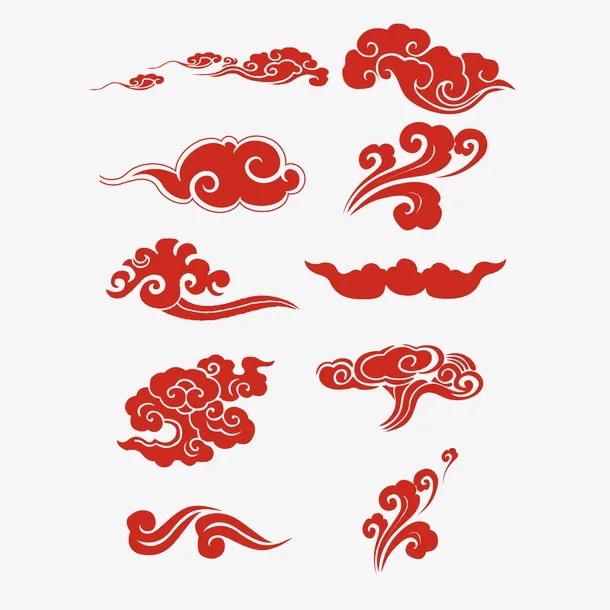China has a detailed culture of auspicious elements like the almanac and certain animals. Xiangyun is just as significant among the Chinese, so what makes it a unique part of their belief that certain life aspects attract prosperity and success? What does Xiangyun mean? Here’s a brief overview of this aspect of Chinese folk culture.
The Meaning Of Xiangyun

Xiangyun, also known as yunwen, refers to the lucky clouds the Chinese draw as traditional decorative patterns on architecture, textiles, art, and furniture. It is one of the oldest ornamental designs in China’s history.
Why Is Xiangyun Auspicious?
Since clouds bring moisture that can sustain living things, China’s agricultural society associated its motifs with good luck for centuries. The belief is still alive in modern-day China since people still uphold it as a sign of happiness and good fortune. The Chinese felt the five-colored Xiangyun called Qingyun, Wuseyun or Wusei Xiangyun was more auspicious. It was a sign of peace within a kingdom. The Han Dynasty named these five-colored clouds the Will of Heaven.
Taoism also refers to Xiangyun as the qi. The vaporous appearance of clouds appears in an antique picture as a rising steam of breath that partly keeps a living thing alive. In Chinese mythology, Xiangyun represented immortality, and unusual clouds were a sign from the Lord on High.
The History of Xiangyun
Historians traced the first Xiangyun to the Zhou Dynasty when a vortex cloud pattern appeared on pottery. The design evolved and spread to other territories like the Han, Tang, Ming, Yuan, and Qing dynasties as they added color, shapes, and animals to the pattern for varying beliefs. The Chinese still use this motif in contemporary art, especially on tableware. They pass this design from generation to generation because of its cultural and aesthetic value.
Shapes of Xiangyun

The Chinese believe the shapes of Xiangyun bear different significant meanings. Yunleiwen, also known as leiwen or yunwen, is a cloud and thunder-shaped, meander order, or meander border design; these are the basic patterns for auspicious motifs. The two weather elements symbolized abundance during harvest and denoted rain rituals in ancient China.
The pattern comes in various shapes like angular ‘S’ and squared-off spirals that may appear connected or disconnected. This shape also appears on antique textiles and sacred bronze vessels from the Zhou and Shang dynasties. When the Chinese draw this shape on fabric, it has a slightly different appearance since it mimics the wan (卐) character or the lingzhi fungus.
Conclusion
Xiangyun refers to auspicious clouds in China’s culture that dates back to its ancient farming society. The clouds symbolize good fortune, so the Chinese draw them on various art pieces such as furniture and textiles. Yunleiwen is the basic shape for Xiangyun motifs. Several territories like the Han Dynasty held the same belief about this cloud motif, but they tweaked its design when they added shapes and colors. The Chinese believe the five-colored Xiangyun is the most auspicious design.